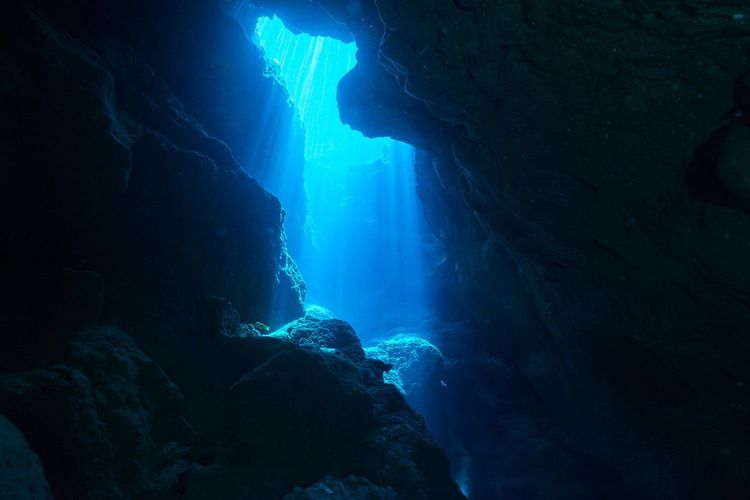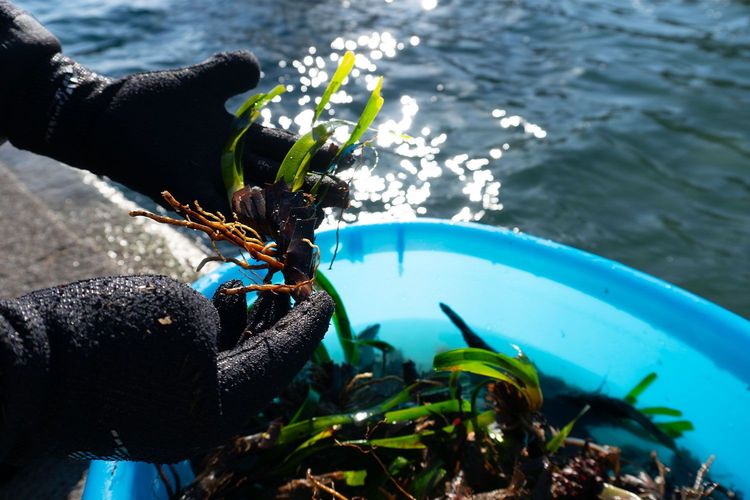
The Blue Forest project, promoted by One Ocean Foundation with the support of NIVEA and the scientific contribution of the Stazione Zoologica Anton Dohrn (SZN) and the Torre Guaceto Consortium, is entering its most active phase with the first concrete results and an innovative methodology for the restoration of Posidonia oceanica seagrass meadows.
The project’s goal is ambitious: to restore the habitat formed by Posidonia oceanica meadows, blue forests that capture CO₂, produce oxygen, protect the coastline from erosion, and provide shelter for hundreds of marine species.
After an initial phase of research and planning, in 2025 the scientific team and local partners launched the first pilot ecological restoration intervention in the Torre Guaceto Marine Protected Area. Here, thanks to the active involvement of the local community and numerous volunteers, the first Posidonia oceanica seedlings were collected, cultivated, and transplanted.
A zero-impact technique
The Blue Forest project adopts a sustainable and innovative approach based on reforestation using seedlings grown from seeds that had naturally washed ashore along the coastline.
This technique was previously tested in part by SZN researchers and is currently being further developed within Spoke 2 of the National Biodiversity Future Centre (NBFC).
Following the massive flowering event of the meadows last spring, the washed-up material, the so-called “sea olives”, was collected by trained staff and the Park’s network of volunteers, creating a virtuous model of citizen science that combines research and environmental education.
The collected fruits and seeds were then transferred to a large tank at the Park’s Sea Turtle Rescue Center, used as a nursery tank, where ideal conditions of temperature, salinity, and light were recreated for growth.
During the summer months, germination produced over 1,000 healthy seedlings, which were attached to special travertine supports designed by local artisans. These supports help the roots anchor securely to the seabed. This method takes advantage of the plant’s natural ability to “lock” its roots into the stone through a micromechanical adhesion process, eliminating the need for artificial materials or anchoring devices.
First transplants and monitoring
In September 2025, the first underwater transplant operations began in selected areas of the reserve, identified as suitable sites characterized by dead matte seabeds, the ideal substrate for restoration.
The experimental design aims to compare the rooting success, survival, and growth rates of seedlings using different types of anchoring and at varying depths. These parameters will be evaluated during the monitoring phases carried out in the months following the completion of the transplants.


